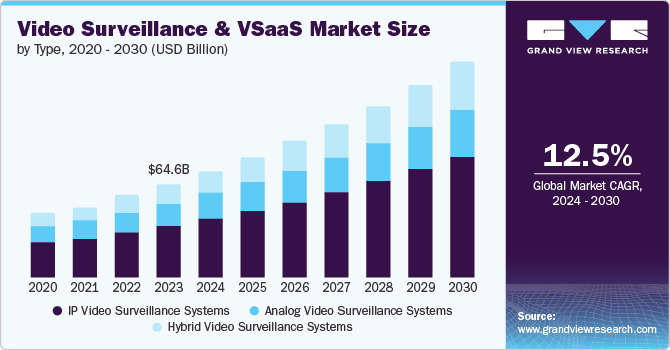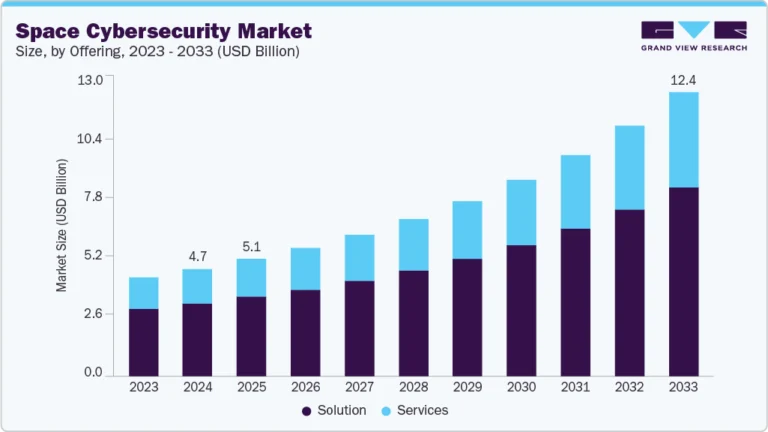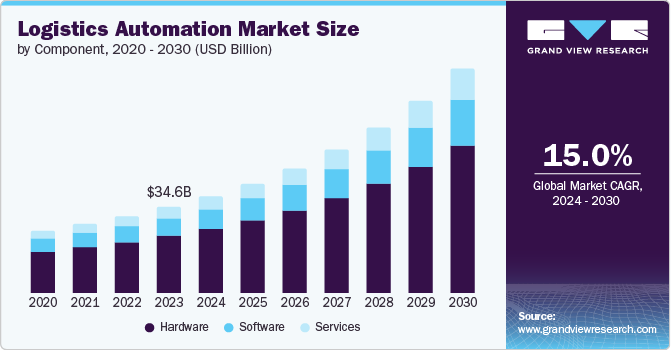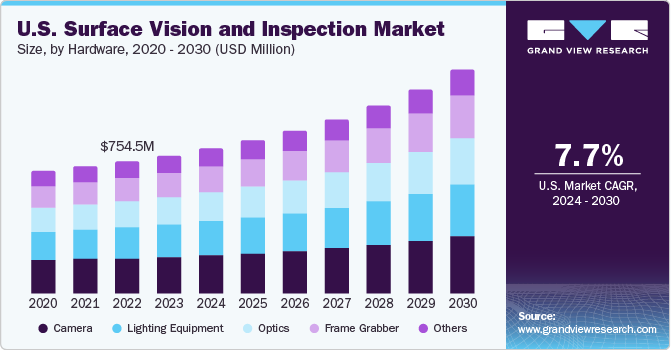Electric Power Distribution Automation Systems Market Size, Share & Trends Analysis grow at a CAGR of 7.02 % from 2024 to 2030

The global electric power distribution automation systems market size was valued at USD 26.1 billion in 2023 and is projected to grow at a CAGR of 7.02 % from 2024 to 2030. The adoption of enterprise power distribution systems (EPDS) is driven by advancements in automation, significant energy sector investments, and global smart grid initiatives. EPDS enhance grid efficiency, reduce power consumption, and improve operational reliability, making them crucial for modern power distribution networks and ensuring reliable electricity supply.
Request a free sample copy or view report summary: https://www.grandviewresearch.com/industry-analysis/electric-power-distribution-automation-systems-market/request/rs1
One of the primary drivers of market growth is the need to replace outdated transmission and distribution systems, particularly in regions such as Asia Pacific, where utilities are under pressure to modernize their infrastructure. This is crucial for enhancing reliability and efficiency in power delivery as urbanization and electricity consumption continue to rise in developing countries such as China and India.
Another significant driver of market growth is the growing demand for electricity across various sectors, including commercial establishments such as hospitals, hotels, and data centers. This surge in demand drives the adoption of distribution automation systems (DAS) to prevent outages and ensure a continuous power supply. Furthermore, investment in smart grids is a major trend influencing the market, with smart grids utilizing advanced technologies to improve the reliability and efficiency of electricity distribution. These initiatives attract investments from both public and private sectors, driving market growth.
The market is also driven by technological advancements in automation, which facilitate the development of more sophisticated electric power distribution systems. Innovations such as field devices (smart transformers, voltage regulators) are increasingly essential for optimizing power distribution and minimizing waste. Moreover, regulatory support and policy initiatives to promote renewable energy integration and enhance grid resilience contribute to market growth, with government policies often including financial incentives for upgrading existing infrastructure and implementing automation technologies.
Implementation Insights
Substation automation dominated the market, with a share of 55.9% in 2023. It plays a crucial role in ensuring grid reliability and operational efficiency, enabling utilities to gain real-time insights into grid performance. By deploying intelligent devices and sensors, utilities can monitor critical parameters, detect and isolate faults, and optimize power flow, voltage regulation, and load balancing, ultimately ensuring uninterrupted electricity supply.
Feeder automation is expected to witness a significant growth of 6.7% over the forecast period. The feeder automation system’s efficient fault management capabilities enable accurate fault detection, isolation, and restoration within distribution networks. Upon fault occurrence, the system automatically reroutes power flow, restoring service to unaffected areas while isolating the affected section, ensuring uninterrupted power supply and minimal customer disruption.






